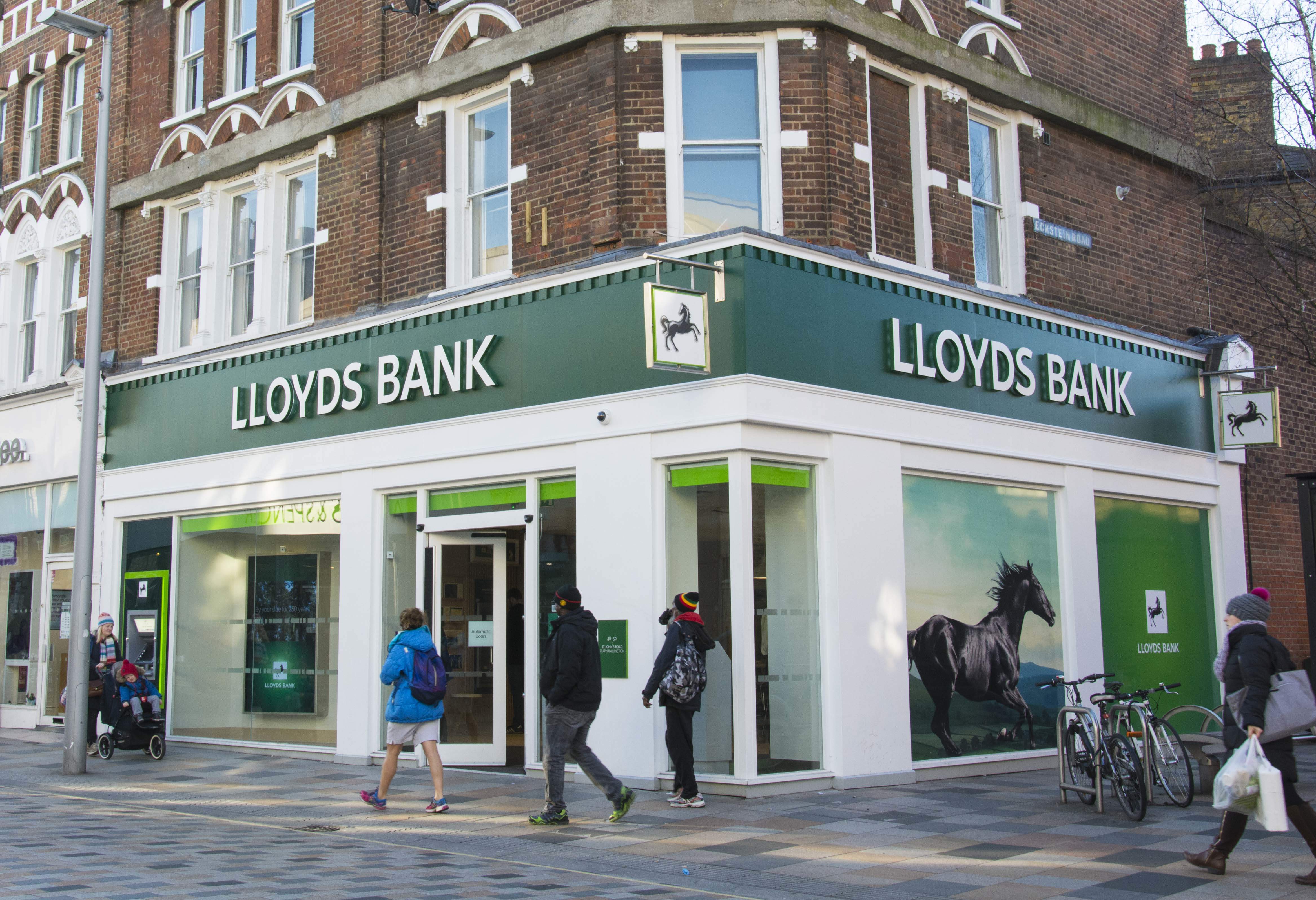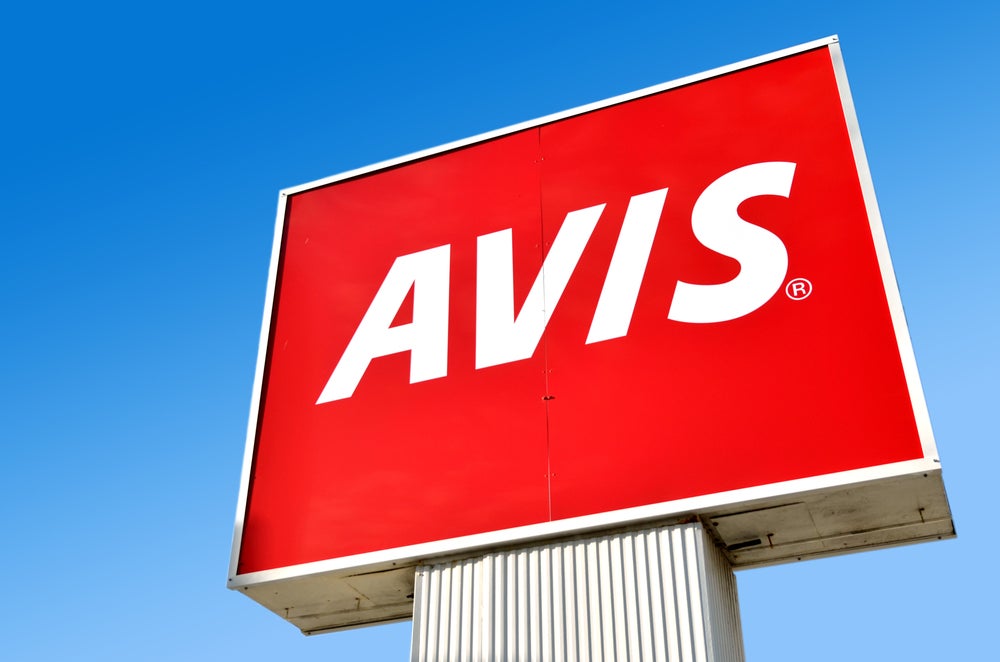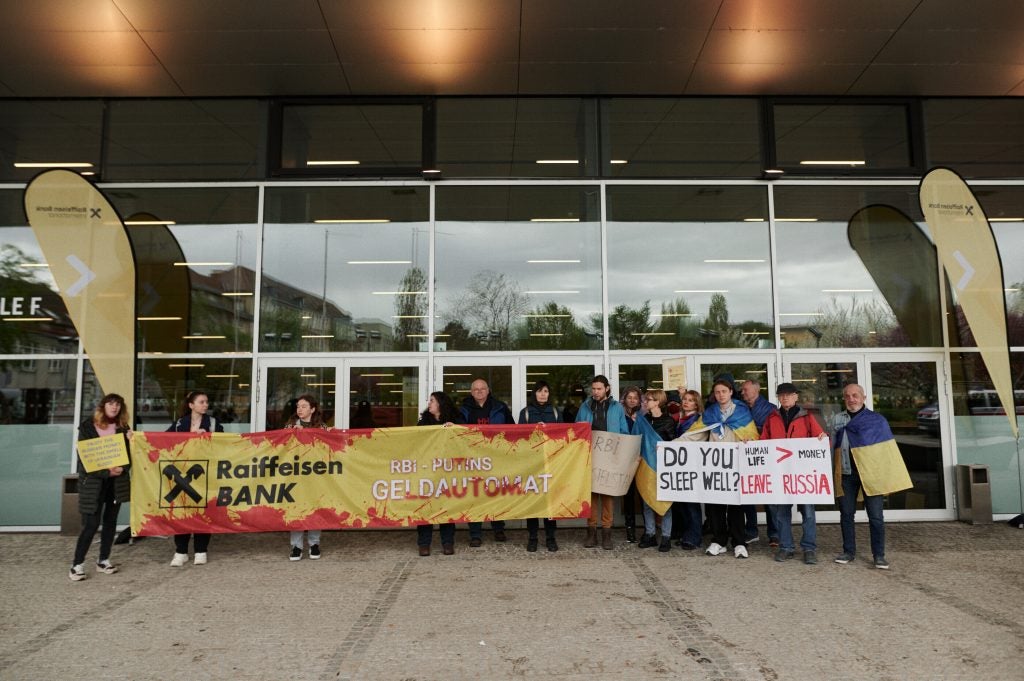
Lloyds’ commercial banking division reported £115m (€132m) in impairments during 2017, up from £17m a year ago.
In the full-year reports for 2017, impairment charges of £108m were reported under the “other” commercial banking segment, distinct from SMEs.
Lloyds attributed the rise to a lower level of write-backs, lower provision releases and “a single large corporate impairment”.
The bank was named as one of the high-street lenders owed £900m from Carillion following the company’s collapse in January 2018. As of June 2017, before Carillion revealed the extent of its financial troubles, Lloyds reported impairment charges of £13m in commercial banking.
Underlying rofits for commercial banking grew 5% to £2.4bn during 2017. Net income rose £4.8bn, helped by lower operating lease depreciation, down 58% at £44m.
Lending to commercial customers shrank slightly to £100bn in 2017 (-1.5%), due to reduction in global corporates business. In contrast, SME lending grew 2% to £30.7bn. The division also reported green lending in excess of £500m since launching a green loan initiative in 2016.
How well do you really know your competitors?
Access the most comprehensive Company Profiles on the market, powered by GlobalData. Save hours of research. Gain competitive edge.

Thank you!
Your download email will arrive shortly
Not ready to buy yet? Download a free sample
We are confident about the unique quality of our Company Profiles. However, we want you to make the most beneficial decision for your business, so we offer a free sample that you can download by submitting the below form
By GlobalDataGroup chief executive António Horta-Osório defined SME lending as a “critical” business area. “Our expectation is to continue to gain market share in SMEs,” he added.
On large corporates, he said the strategy would depend on how clients wanted to access the markets, “through capital markets, securitisation – you name it.” He said that Lloyds would not seek to specifically target large corporates, and simply expected the commercial banking division as a whole to grow lending and returns in the future.
Across the wider Lloyds group, net income was up 5% to £17.4bn. Underlying profit was £8.4bn, up 8%.
Operating lease depreciation increased 18% to over £1bn, partly as a result of Lex Autolease’s expanded fleet. Group operating costs were £8.1bn, down 1%, of which £2.2bn relating to commercial banking. The bank said it expected operating costs across the group to fall below £8bn by 2020.
The 2017 results were the first full-year results to be published since the UK government, which had bailed out Lloyds after the financial crisis, sold its last remaining stake in the bank.







